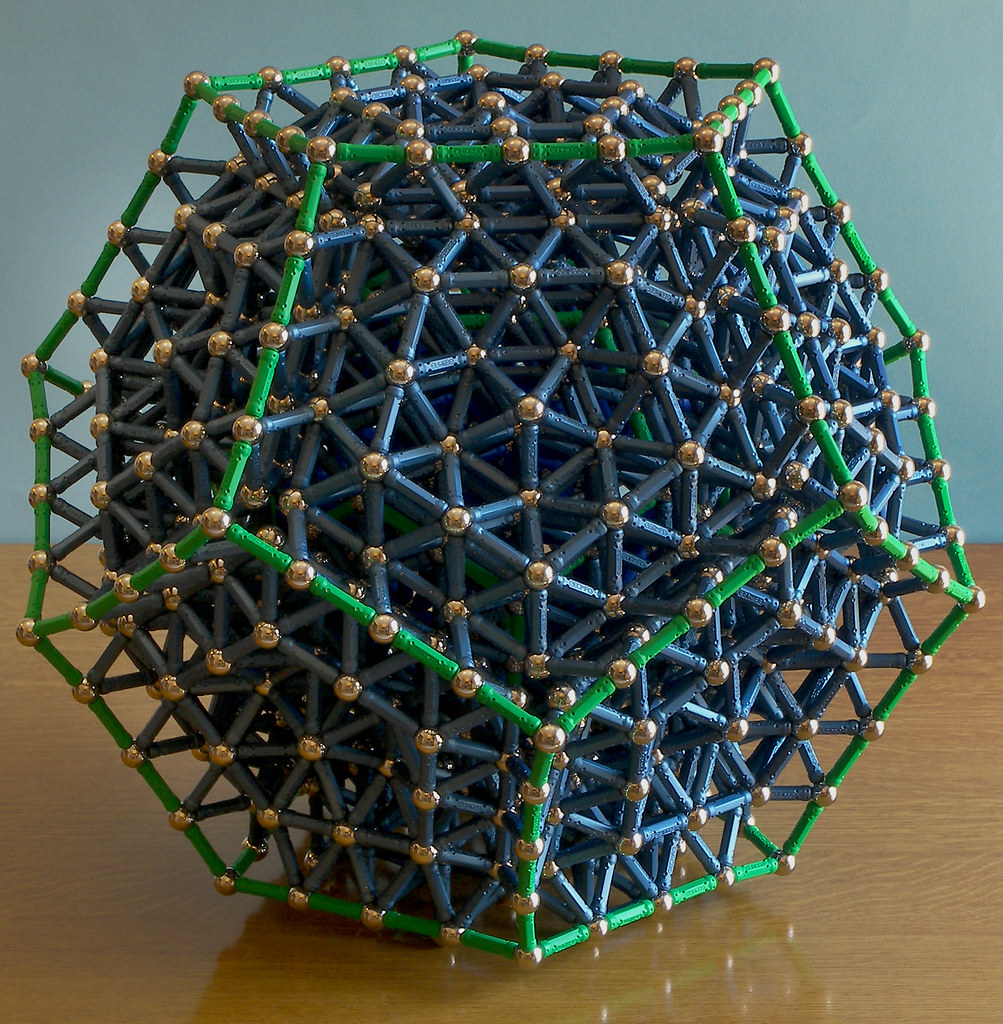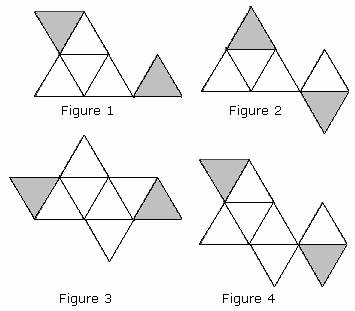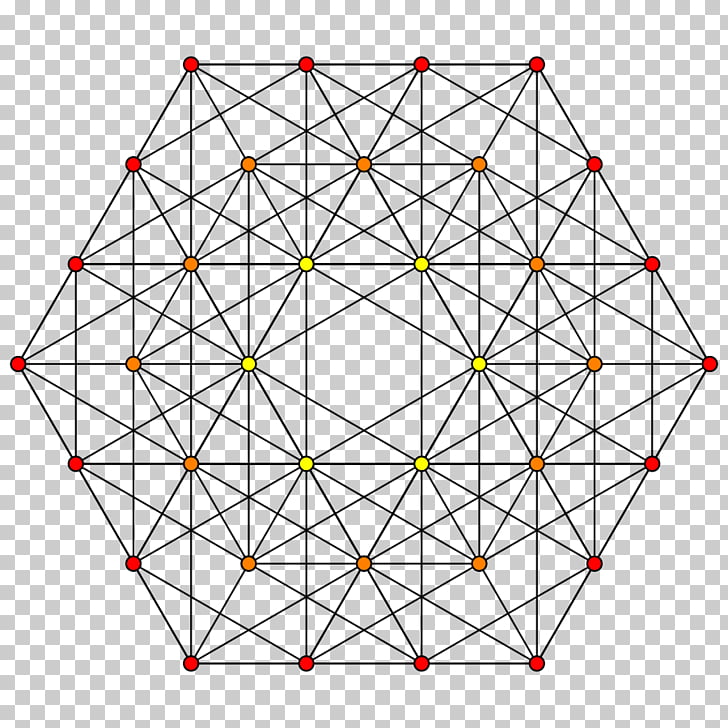
Therefore, there are five ways to arrange regular polygons around a vertex to form a net, which can be folded to form a concave three-dimensional figure. There are three possible ways we can form a three-dimensional vertex, with equilateral triangles, squares, and pentagons. The only figures that can form the Platonic solids are triangles, squares, and pentagons. The reason for the second condition is that if the angles formed at a vertex are equal to 360°, the figures would be flat.Ĭonsidering this, it turns out that only the 5 figures known as Platonic solids meet these conditions, as we can see in the following table: Platonic solid The reason for the first condition is that if only two faces meet at each vertex, it is not possible to form a closed three-dimensional figure.



In turn, for this to be possible, the figure must meet the following conditions: A053016 Number of faces of Platonic solids (in the order tetrahedron, cube, octahedron, dodecahedron, icosahedron).For a three-dimensional figure to be a Platonic solid, it must be composed of congruent regular polygons.A063722 Number of edges in the Platonic solids (in the order tetrahedron, cube, octahedron, dodecahedron, icosahedron).A063723 Number of vertices in the Platonic solids (in the order tetrahedron, cube, octahedron, dodecahedron, icosahedron).Number of vertices, edges and faces of the 5 Platonic solids: (Dual pairs have same number of edges and have vertices corresponding to faces of each other.) The tetrahedron is self-dual, the cube and the octahedron are duals, and the dodecahedron and icosahedron are duals. the dodecahedron (20 vertices, 30 edges and 12 faces).the icosahedron (12 vertices, 30 edges and 20 faces).the cube or hexahedron (8 vertices, 12 edges and 6 faces).the octahedron (6 vertices, 12 edges and 8 faces).the tetrahedron (4 vertices, 6 edges and 4 faces).The five regular convex polyhedra (3-dimensional regular convex solids, known as the 5 Platonic solids), are

This article page is a stub, please help by expanding it.


 0 kommentar(er)
0 kommentar(er)
